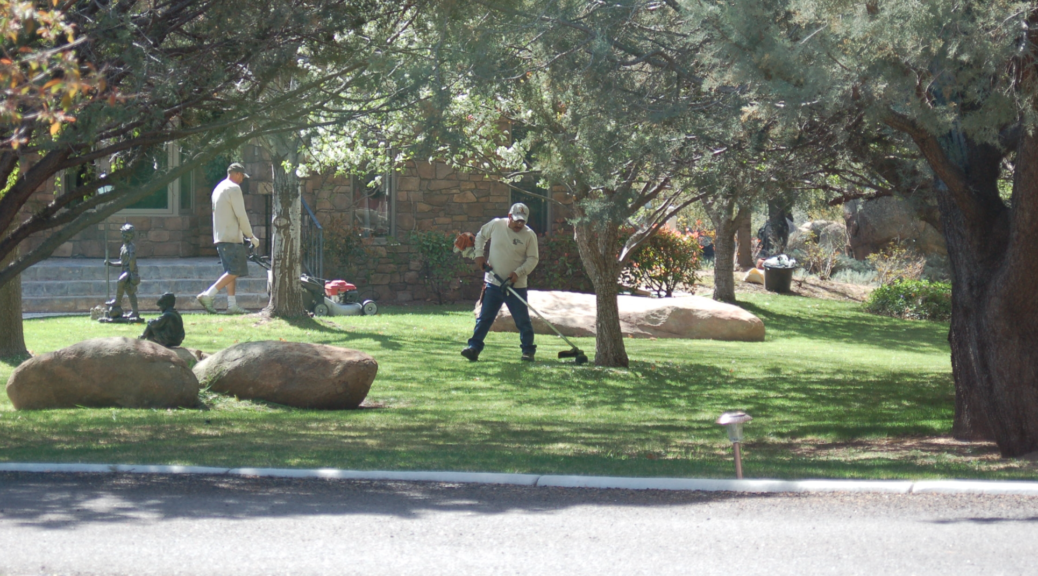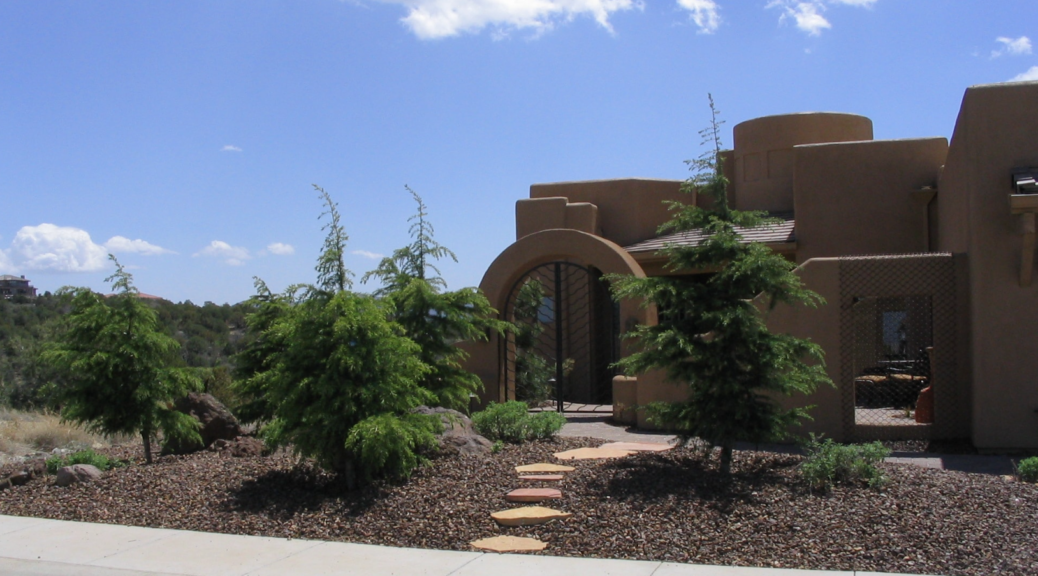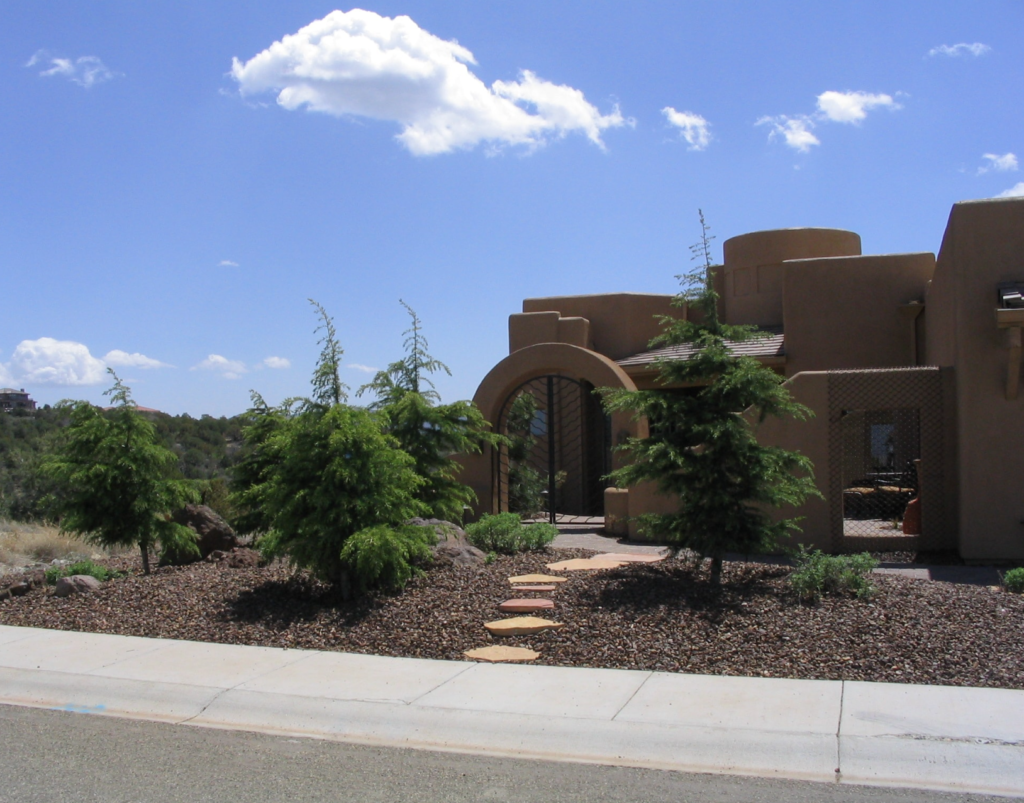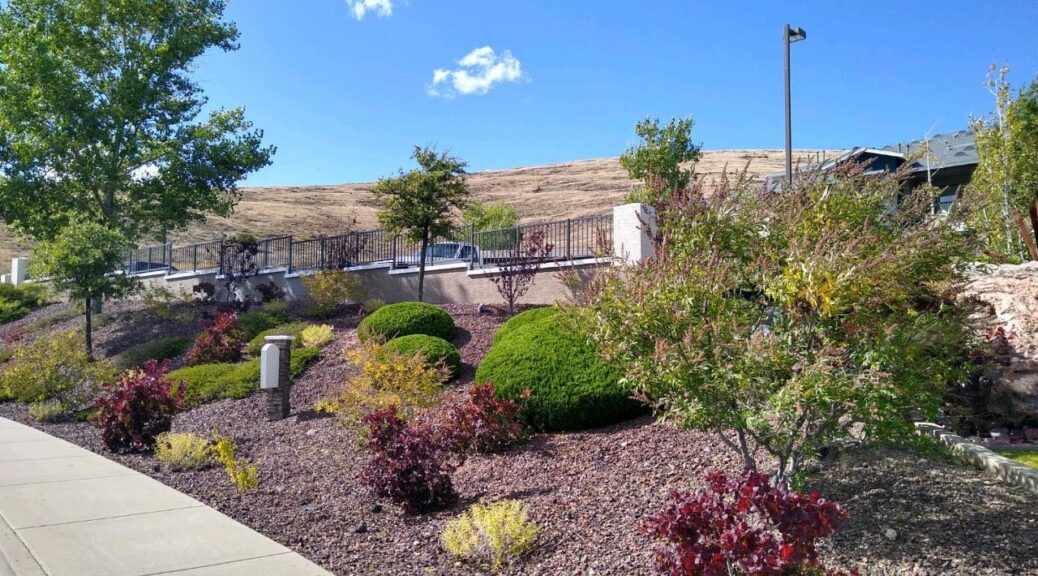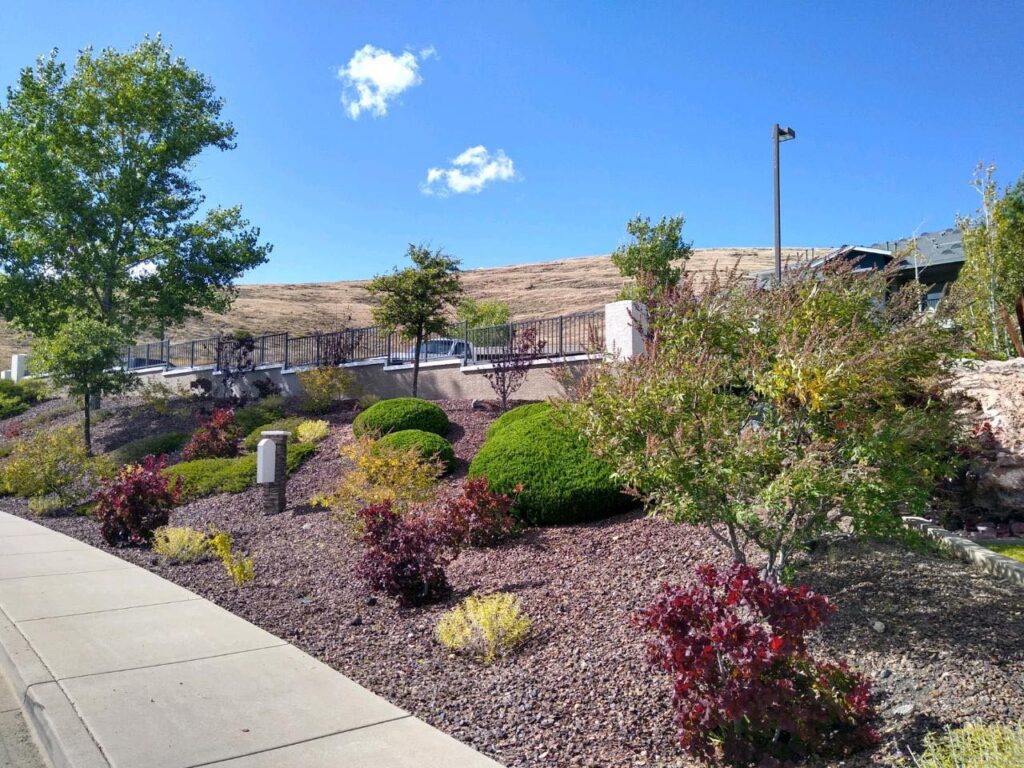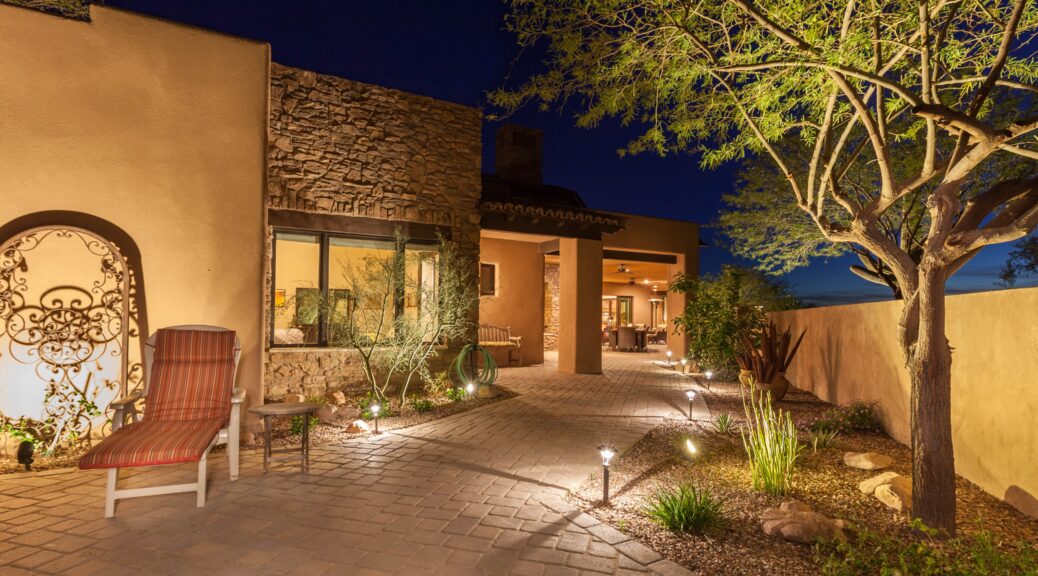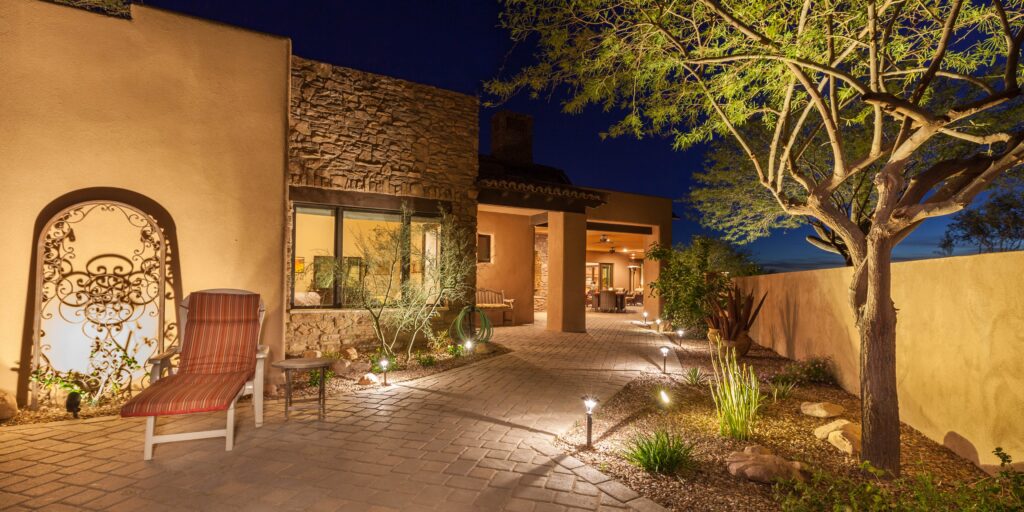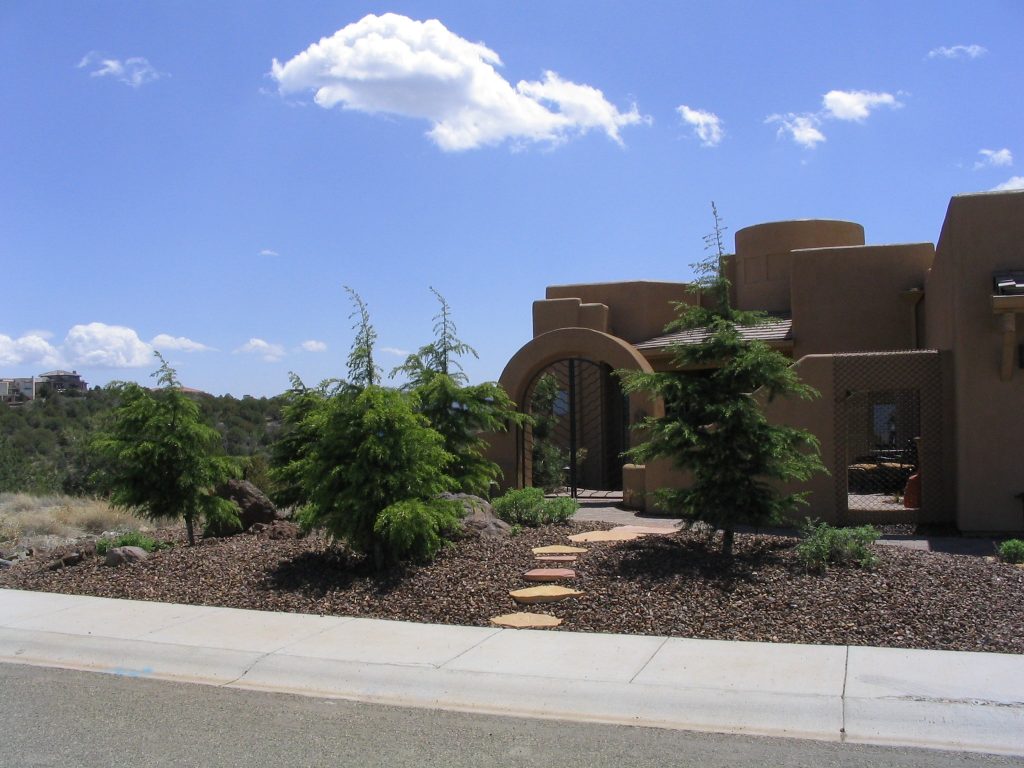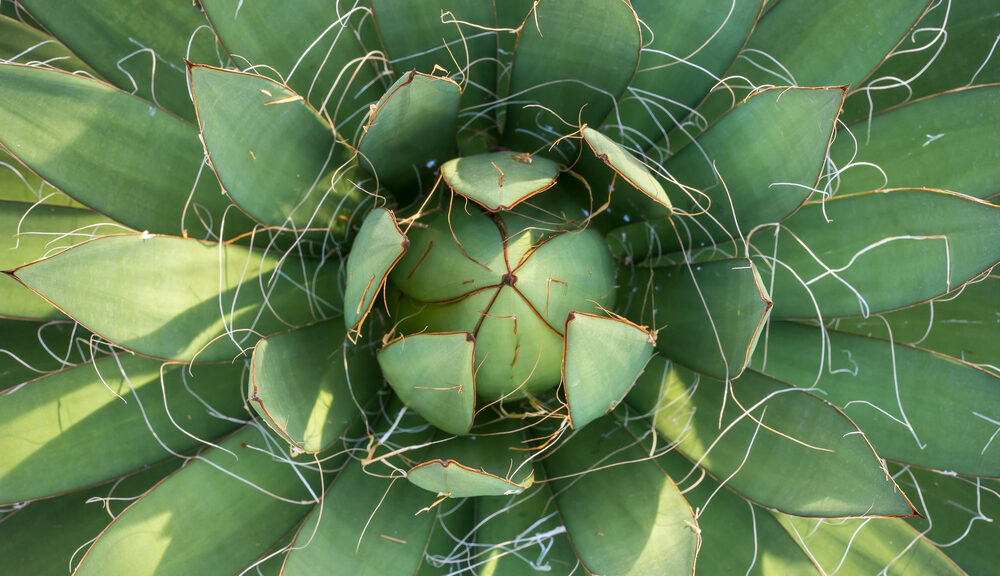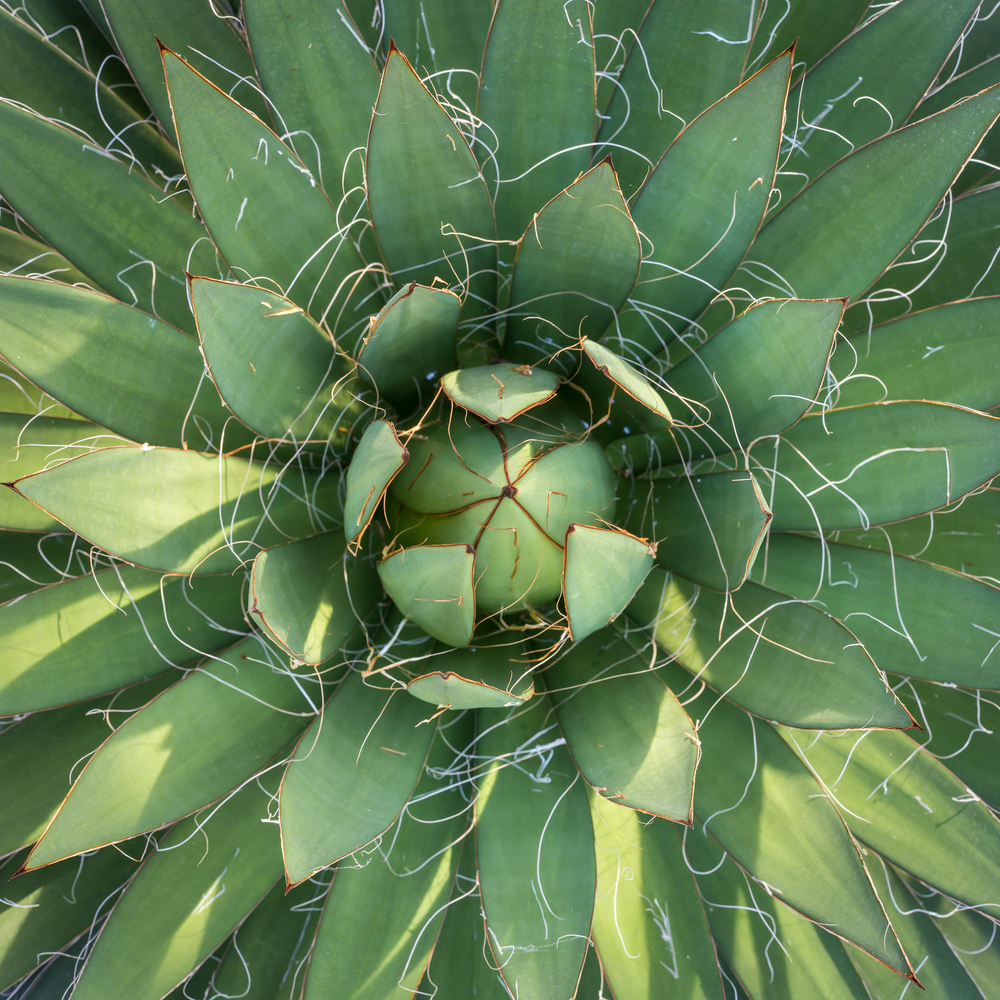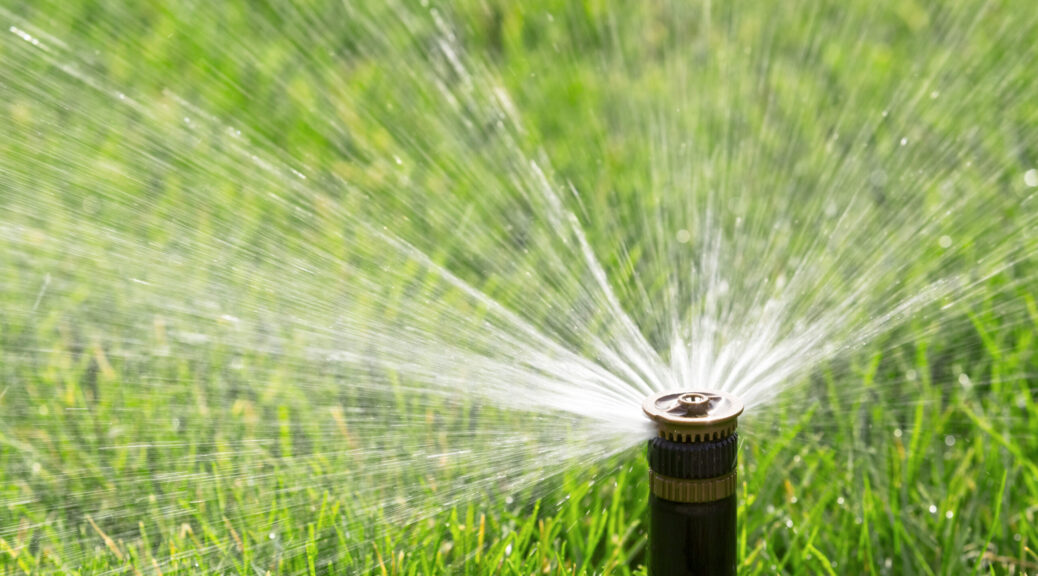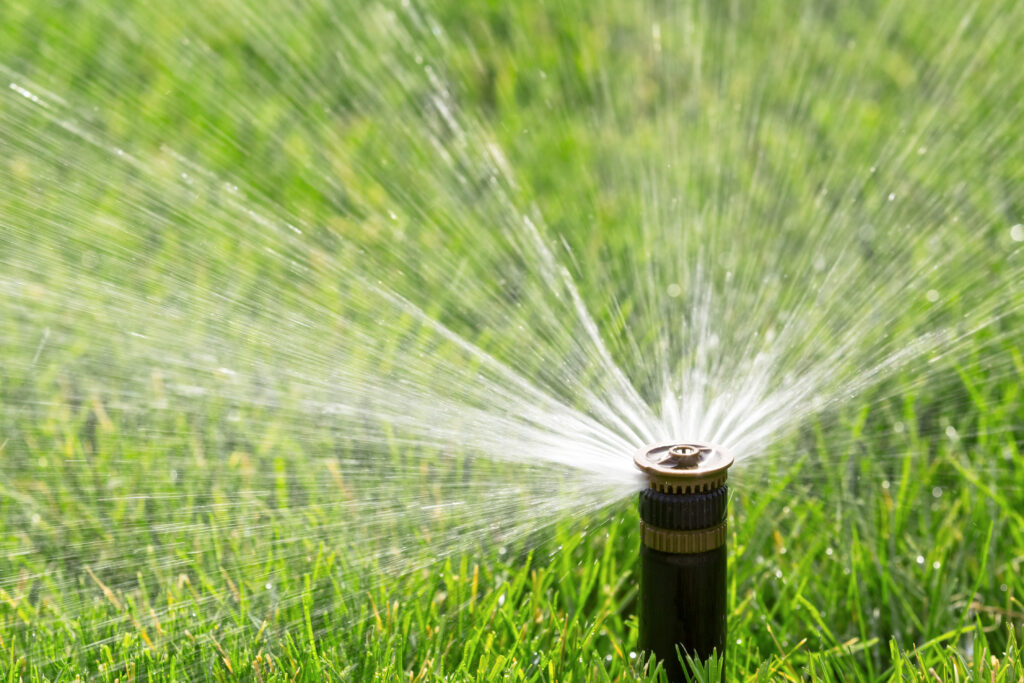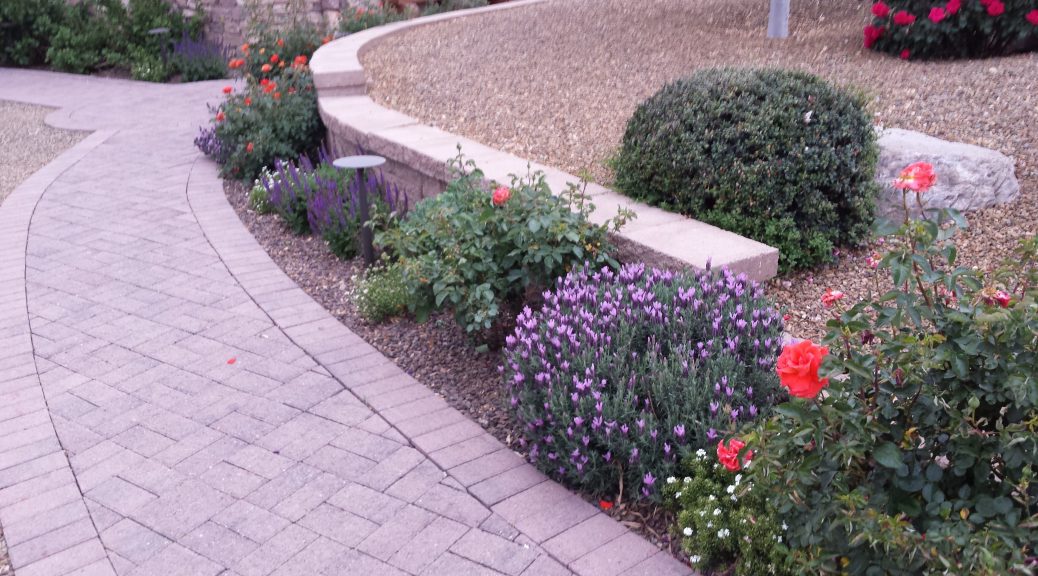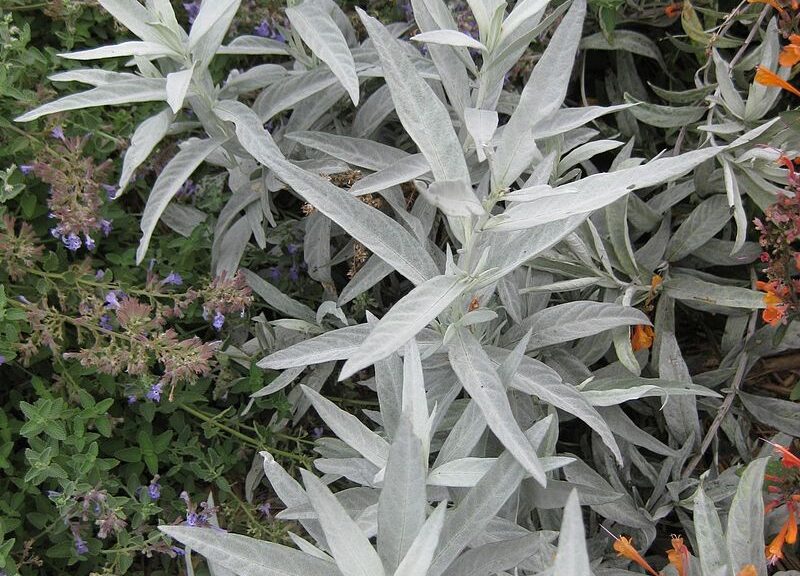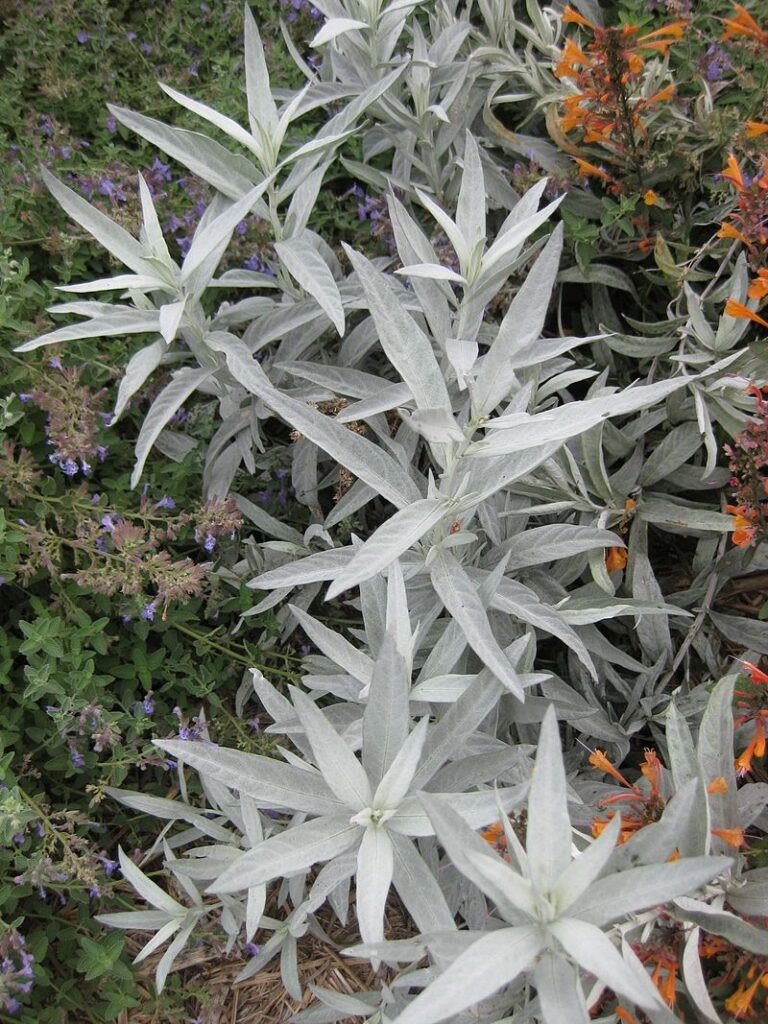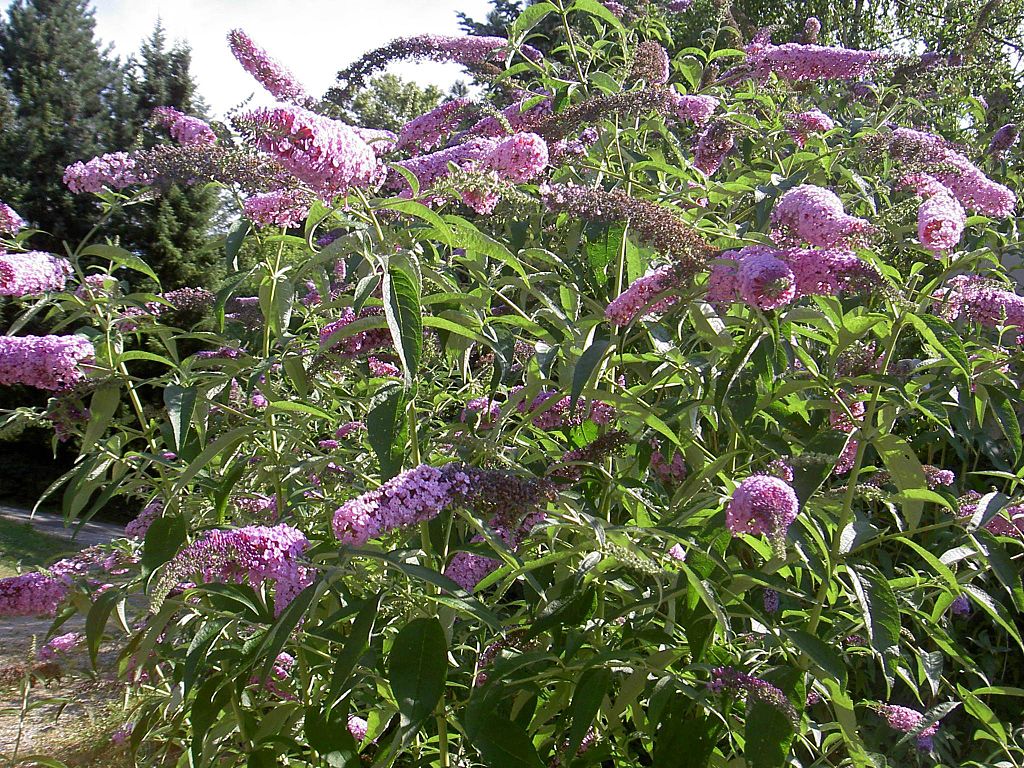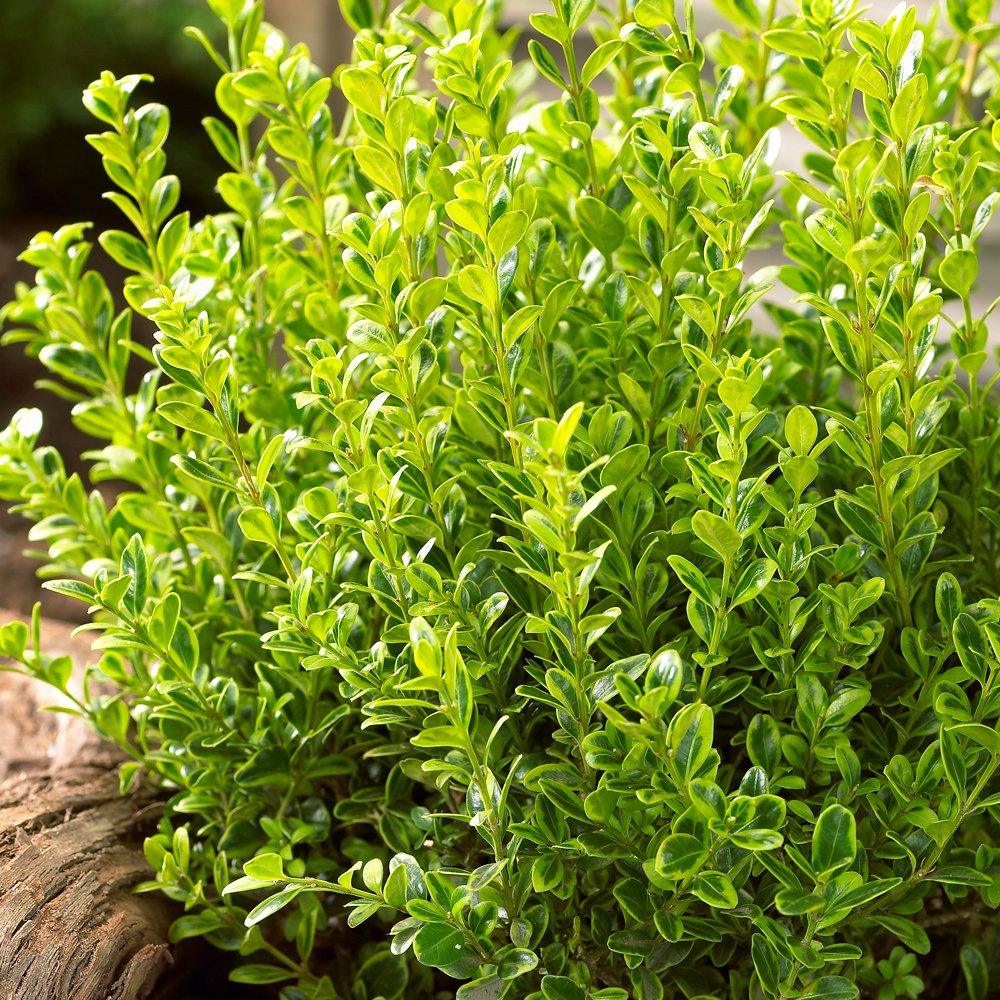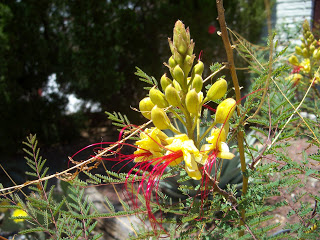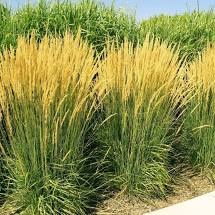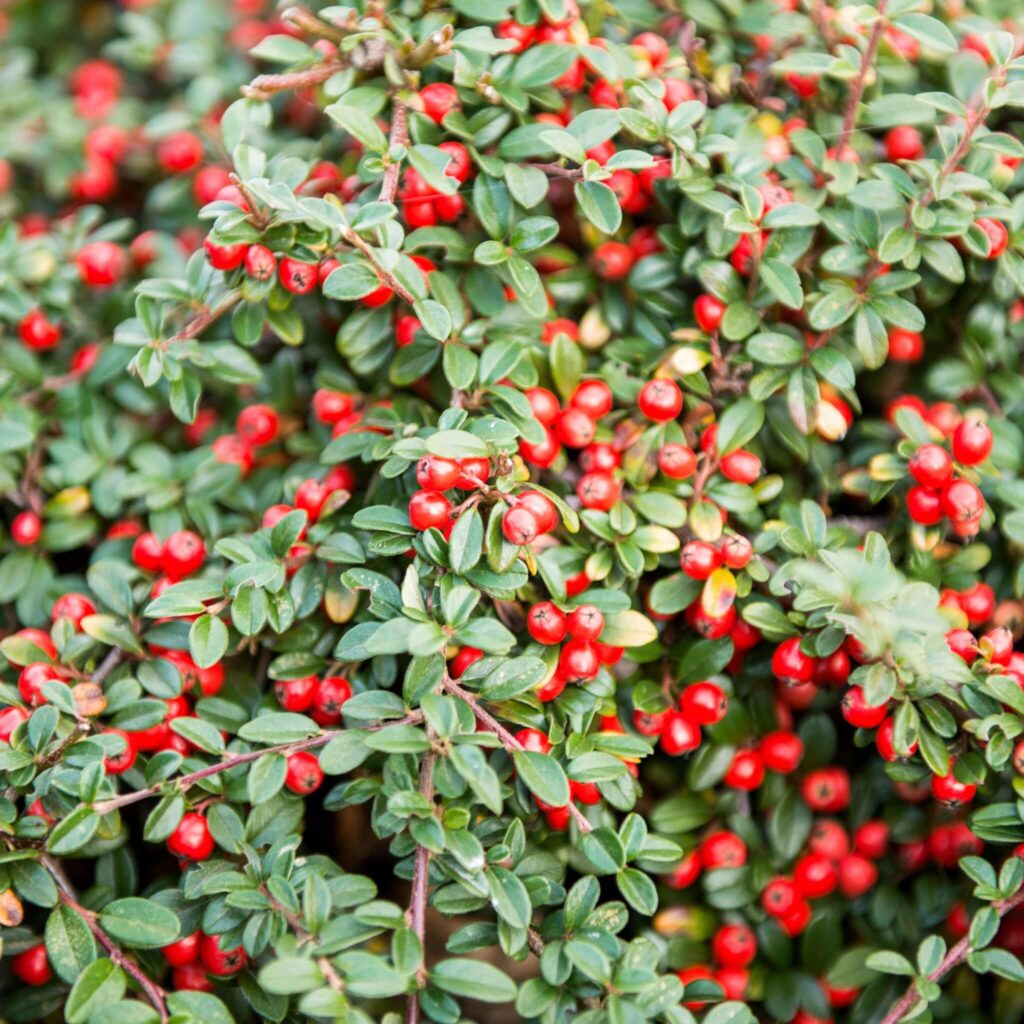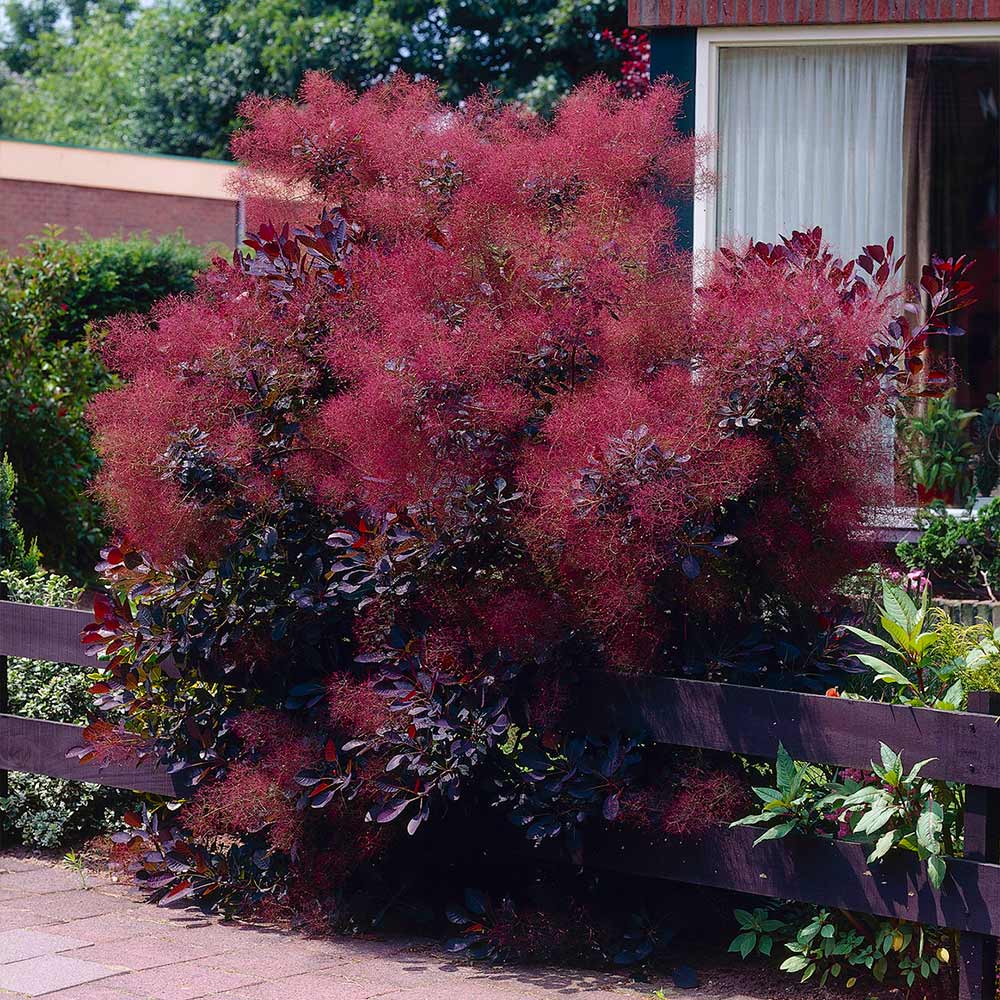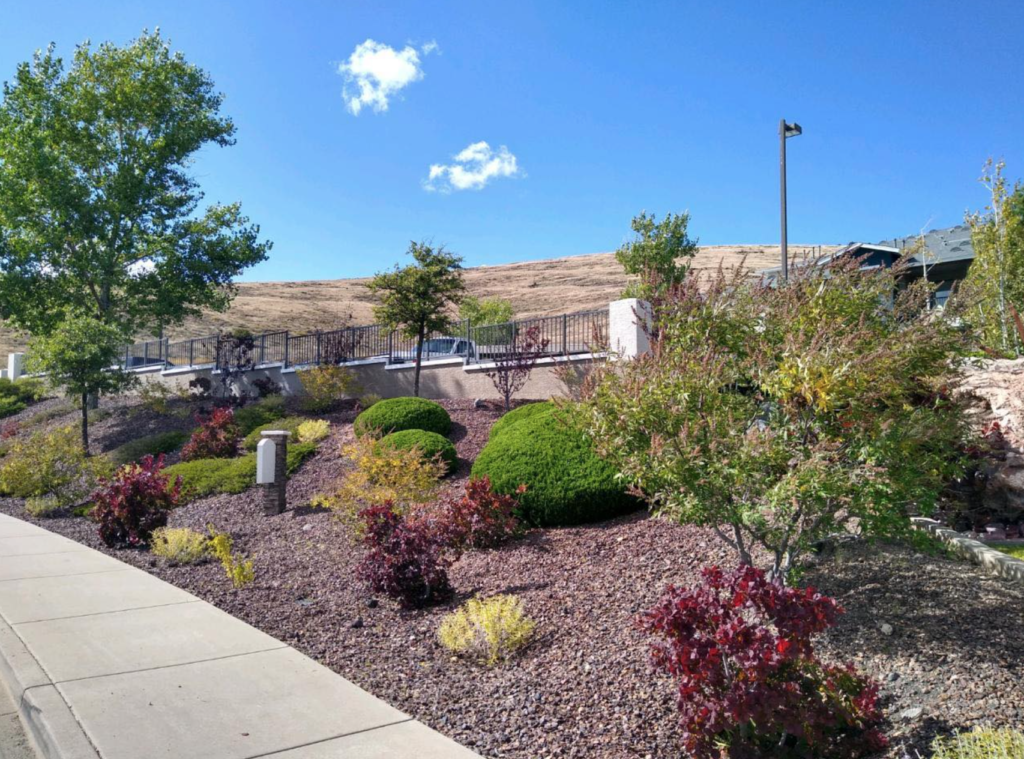
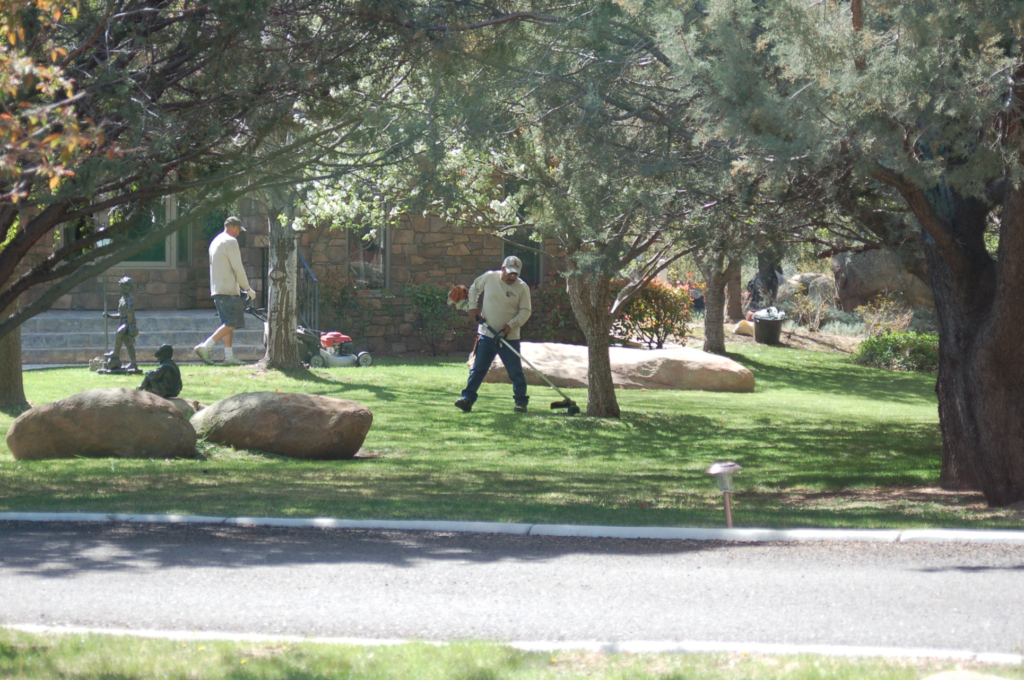
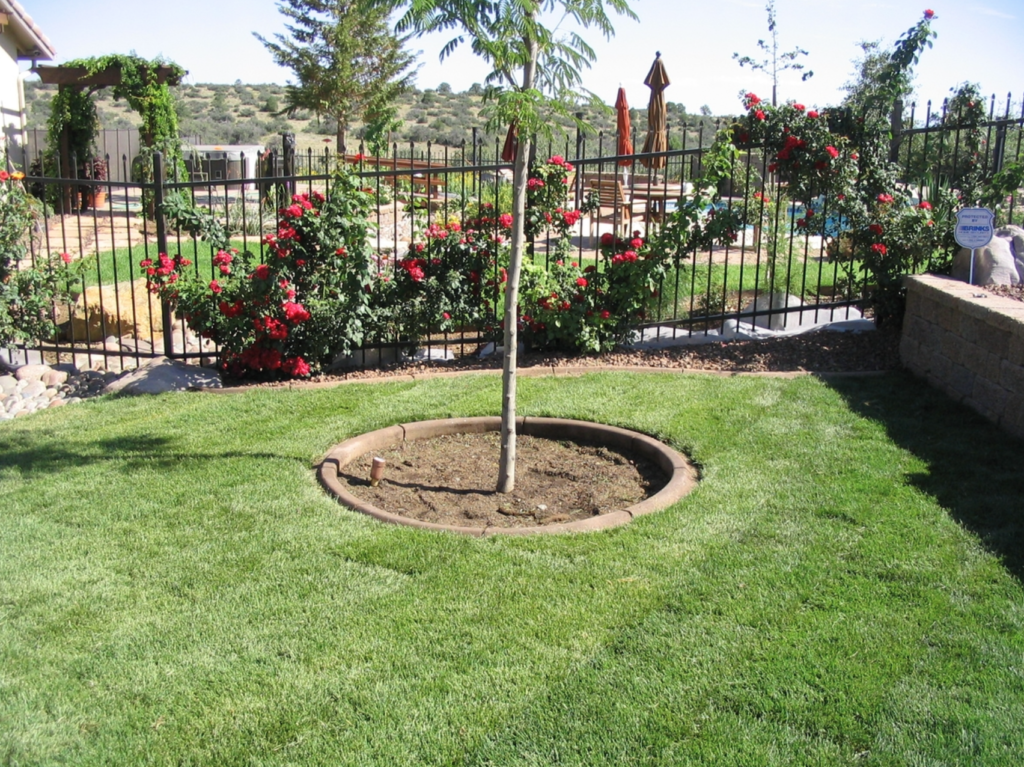
Maintaining a thriving landscape in Arizona’s hot and arid summers can be a challenging task for homeowners. However, the benefits of hiring a professional such as Vicente Landscaping can be beneficial. Here’s how we can help.
Expertise and Knowledge:
We possess the expertise and knowledge needed to understand the unique requirements of Arizona’s climate. We are well-versed in selecting and maintaining plants that are suitable for the region’s hot and dry conditions. With our guidance, you can create a sustainable and water-efficient landscape that thrives despite the summer heat.
Regular Maintenance:
We offer regular maintenance services, taking care of essential tasks like mowing, pruning, and fertilizing. By adhering to a consistent maintenance schedule, we ensure that your landscape stays healthy and well-maintained.
Water Management:
Water is a precious resource in Arizona, and our crew is skilled in water management techniques. We can optimize irrigation systems, ensuring that water is distributed efficiently and not wasted through runoff or evaporation. With our expertise, we can also recommend and install water-saving technologies, such as smart irrigation controllers and drip irrigation systems, helping you conserve water while keeping your landscape lush and vibrant.
Enhanced Aesthetic Appeal:
One of the significant benefits of hiring a professional landscaping company is the improved aesthetic appeal that they can bring to your property. We have an eye for design and can create visually stunning landscapes that complement your home’s architecture and style. We can also incorporate elements such as seasonal flowers, ornamental grasses, and hardscape features to enhance the beauty and overall curb appeal of your outdoor space.
Time and Effort Savings:
Maintaining a landscape requires time, effort, and ongoing attention. By hiring Vicente Landscaping, you can free up your valuable time and leave the tedious tasks to the experts. Instead of spending your weekends working in the yard, you can relax and enjoy your outdoor space, confident that it’s in capable hands.




